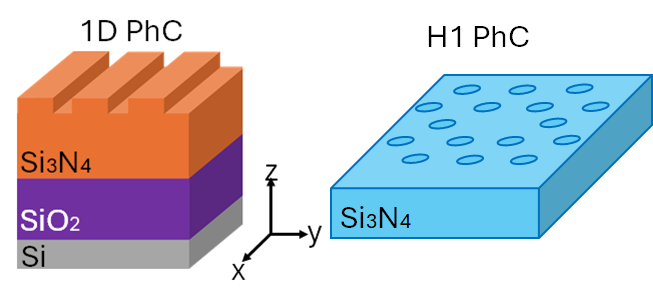Quantum materials and quantum information science (QIS) are two exciting research frontiers of materials science and physics. Rational design and control of novel systems for photophysics, many-body interactions, quantum science and technologies are the longstanding goals for these two essential research topics. Here, Li Group uses static and ultrafast spectroscopy as the main research methods and combines advances of quantum materials and photonic cavities to achieve these goals. We aim to discover and manipulate new quantum matters and devices with emerging properties through interdisciplinary research involving quantum materials, ultrafast spectroscopy, and cavity engineering.


